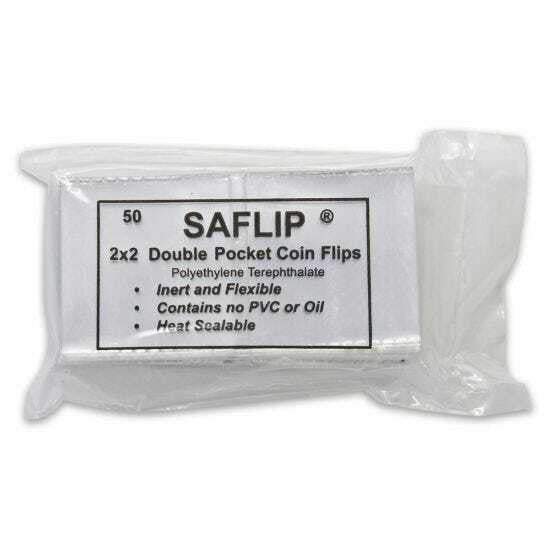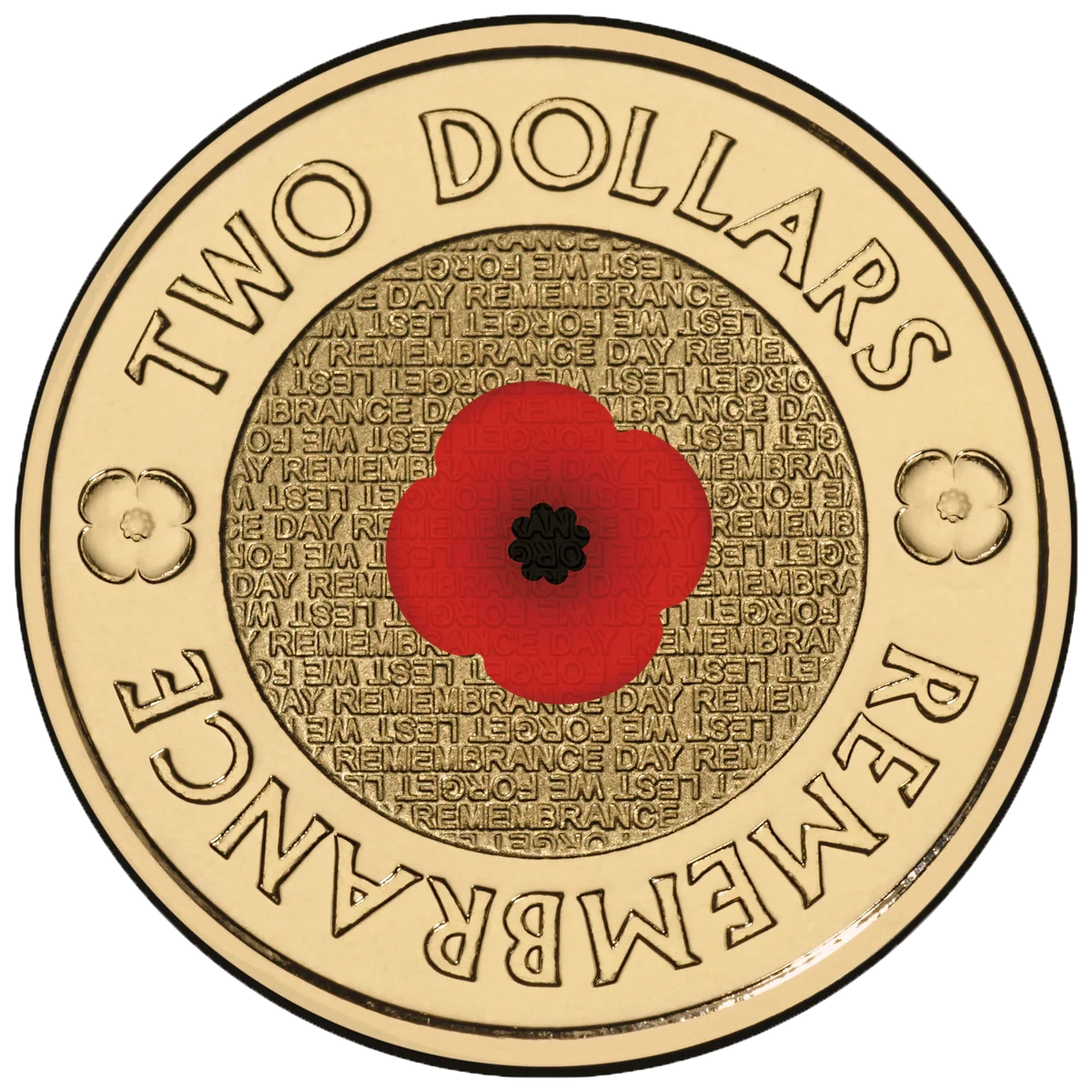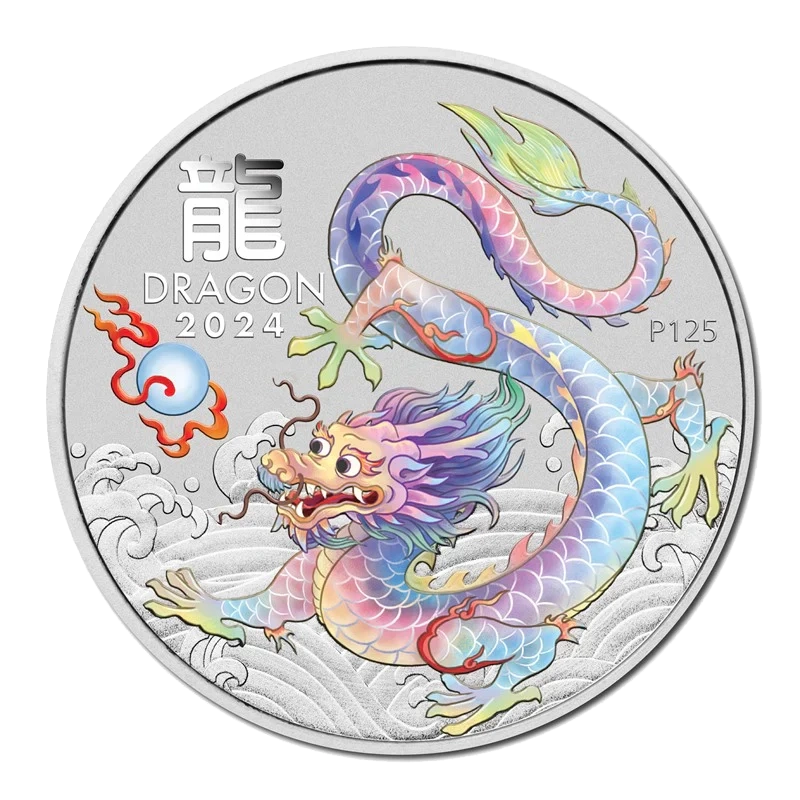Saflips Inert Double Pocket Coin Flips - 2" x 2"(50MM x 50MM) - Pack of 50
Description
A Most of the double pocket coin flips sold today are made of vinyl, the common name of polyvinyl chloride. These PVC flips are available in a soft or hard version, and both types are dangerous for storing coins.
The chemicals that can bleed out of the vinyl, and the hydrogen chloride gas that the vinyl emits, are corrosive to coins, causing sticky green slime, cloudy appearance, and microscopic pitting of the coins surfaces. This is why museums don't use vinyl of any kind, because museums know that there is no such thing as safe vinyl.
The SAFLIP Story
In 1979 E&T Kointainer Co. began developing an inert, museum quality double pocket coin flip. Collectors would then have an alternative to the dangerous vinyl holders that were ruining so many coins. We invented a pure MYLAR holder, the SAFLIP copyrighted in 1980. Later, SAFLIP was improved to make it easier to fold and to make it airtight if a collector welded the flip pocket shut with a heat sealer. We also provided acid and sulfur free identification cards that could be inserted in one of the pockets. Since 1980, millions of SAFLIPs have been purchased and used by collectors, dealers and museums to safely store coins. In all those years, not a single coin has been damaged by these archivally safe coin flips. A typical customer comment: After 35 years in numismatics, let me say your SAFLIP is the best I've ever seen and used. Museums use them, why not you.
SAFLIPs are manufactured under rigorous conditions to keep them uncontaminated by oil or machine dirt. SAFLIPs are packaged in inert poly bags they are free of paper and cardboard dust that might cause spotting.
SAFLIPs have been purchased by Harvard, Princeton, and Cornell Universities, and the James Madison University and the University of Michigan for use in their libraries and museums. The American Numismatic Association selected a SAFLIP for their authenification service in 1987. Recommended by Glenbow Museum.





